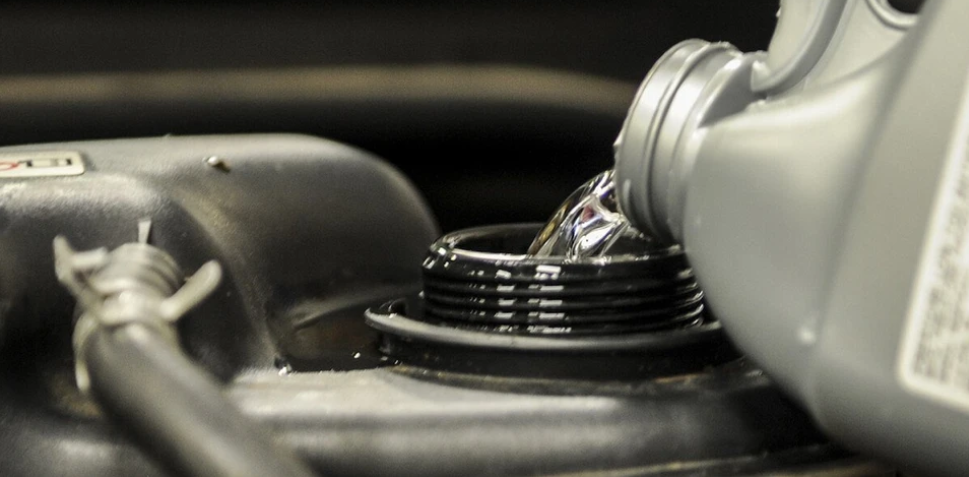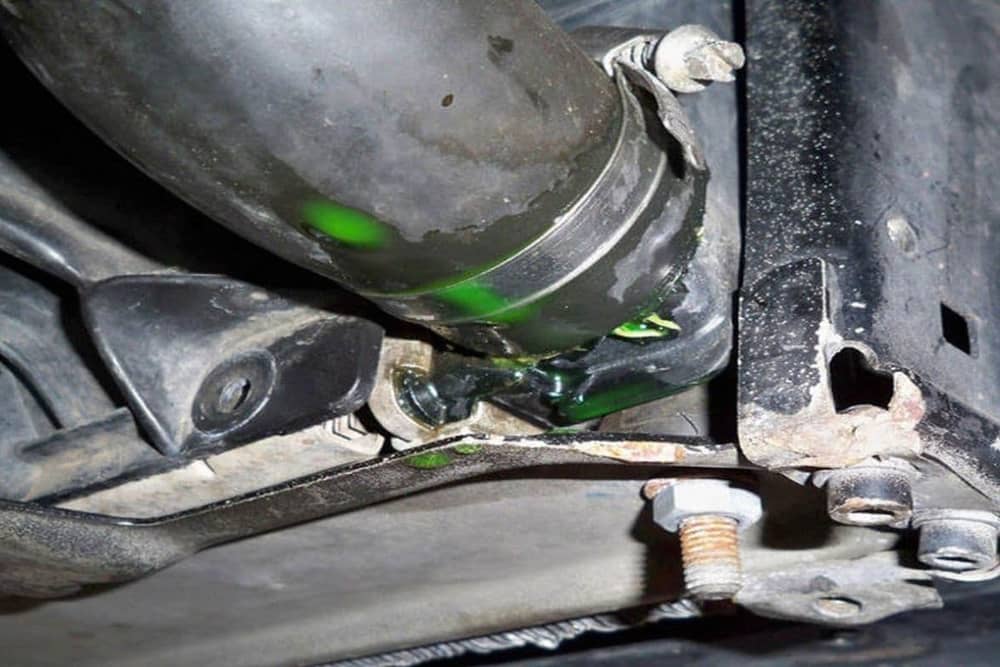The cooling system of a vehicle is designed to keep the engine temperature within safe limits. A recurring drop in the coolant reservoir level prompts you to investigate the cause. So, why does my coolant reservoir keeps emptying?
This phenomenon could be caused by a variety of factors, ranging from minor issues to more serious malfunctions. External leaks in the radiator, hoses, or the water pump are common culprits that gradually drain the coolant. Internal engine issues, such as a blown head gasket, can also cause coolant loss. It enables it to combine with the engine oil. Furthermore, a faulty radiator cap may disrupt the system’s pressure equilibrium, allowing fluid to escape.
To solve this mystery, you must examine the cooling system, determine the exact cause, and devise a proper solution. Let’s start right now!
Why Does My Coolant Reservoir Keeps Emptying?

A number of possible problems, including coolant leaks, radiator cap problems, internal engine problems, coolant evaporation, and reservoir damage, can be the cause of your coolant reservoir’s persistent depletion. It is essential to comprehend these elements in order to diagnose and resolve issues effectively:
Coolant Leaks
External leaks are frequently to blame. The water pump, radiator, hoses, and other parts could deteriorate with time, letting coolant slowly leak out. Examine these components for obvious evidence of leaks.
Radiator Cap Issues
A broken radiator cap could lower system pressure and cause coolant to leak out of the reservoir. Make sure the cap is operating properly and keeping the necessary pressure for best results.
Internal Engine Problems
Coolant mingling with engine oil can be a sign of serious problems, such as a blown head gasket. This depletes the coolant level and endangers the engine’s general health as well.
Coolant Evaporation
Over time, coolant may evaporate in warmer climates. Check the coolant level frequently and add more as necessary, particularly in hotter conditions.
Air in the System
Coolant escapes through the overflow as a result of air pockets in the cooling system that prevent adequate circulation. The system can be bled to remove these air pockets and get it back to working order.
Reservoir Damage
Leaks may occur from a crack or damage to the coolant reservoir itself. Examine the reservoir for any overt indications of structural problems.
How To Fix The Coolant Reservoir Keeps Emptying?

Here’s a step-by-step guide to help you troubleshoot and fix the issue:
Inspect for Visible Leaks
Examine the entire cooling system visually first. In order to detect any obvious indications of coolant leaks, you should inspect parts like the radiator, hoses, water pump, and connections. Underneath the car, especially after it has been parked, check for telltale puddles or stains.
Pressure Test the Cooling System
To find leaks that might not be visible right away, put the cooling system through a pressure test. In order to find any leaks under pressure, this entails pressurizing the system with a specialized tool. Furthermore, make sure the radiator cap is intact and operating correctly by checking it. Insufficient pressure from a malfunctioning cap may cause coolant loss.
Check for Coolant Evaporation
After checking it for damage, leaks, or cracks, replace the coolant reservoir as needed. Look for evidence of deterioration, fractures, or leaks in the coolant hoses, and replace any that are damaged right away. When internal engine problems, like a burst head gasket, are eliminated, don’t forget to check for external leaks. A professional inspection is recommended in case of symptoms such as coolant and engine oil mixing.
Bleed the Cooling System
In order to eliminate air pockets that could obstruct appropriate coolant circulation, bleeding the cooling system is essential. For bleeding the system, adhere to the manufacturer’s instructions. Furthermore, pay attention to coolant evaporation, especially in warmer climates, and check the coolant level frequently, adding more as needed.
Professional Inspection
Seek the advice of a qualified mechanic if the issue continues or if you can’t confidently identify the problem. They can use specialized equipment and expertise to perform a more thorough diagnosis.
What are Signs of Empty Coolant Reservoir?

The following indicate that the coolant reservoir in your car is empty:
Temperature Gauge Spikes
An extremely low coolant level could cause your engine to overheat. Keep an eye out for any abrupt increases in the dashboard’s temperature indicator.
Steam or Smoke
A lack of coolant can cause the engine compartment to overheat and release smoke or steam. This is blatantly obvious evidence of a cooling system issue.
Dashboard Warning Lights
There are warning lights on some cars for problems with the coolant. Check your coolant level if you notice an illuminated coolant or temperature warning light.
Visible Coolant Leak
Look for any puddles or stains on the ground beneath your parked car as these could be signs of a coolant leak. Usually, coolant comes in three colors: green, orange, or pink.
Low Coolant Warning Message
Modern cars come equipped with sensors that can identify low coolant levels. A warning message might appear on the infotainment system or instrument cluster.
Overheating Smell
A coolant reservoir that is empty can cause an engine to overheat and release a distinct odor. If you smell something strange, especially when you’re driving or idling, it might be a coolant problem.
Hissing Sounds
Hissing noises coming from the engine compartment could be a sign of a cooling system pressurization problem or a coolant leak.
Should I Drive Car When My Coolant Reservoir Is Empty?
Driving with a coolant reservoir empty puts your car’s engine and overall performance at serious risk. Let’s examine the possible outcomes below:
Engine Overheating
Coolant’s main job is to absorb and release the heat that the engine produces. Your engine is very prone to overheating if there isn’t enough coolant in it. High temperatures have the potential to cause irreversible damage to engine components due to thermal stress.
Increased Friction and Wear
Coolant acts as a lubricant for the engine’s moving components. Increased friction between components due to low coolant levels can hasten component wear and tear. Increased friction can cause important engine components to fail before their time.
Severe Engine Damage
Engine damage can be severe if coolant levels are not maintained during extended operation. It is possible for parts like the engine block, gaskets, and cylinder heads to deteriorate and require major, expensive repairs.
Cylinder Head Warping
Cylinder heads that are overheated may warp. This may cause a loss of compression by interfering with the engine’s combustion process. This problem frequently calls for significant repairs or, in the worst situations, the replacement of the cylinder heads.
Blown Head Gasket
A head gasket failure may result from elevated pressure and temperature brought on by insufficient coolant. Coolant and engine oil can mix as a result of a blown head gasket. It exacerbates the damage even more and might call for a difficult and costly repair.
It is essential to address an empty coolant reservoir right away due to the possible consequences. To avoid expensive and long-term engine damage to your car, get expert help if you are unable to fix the issue. To protect the condition and lifespan of your engine, don’t drive until the problem is fixed.
